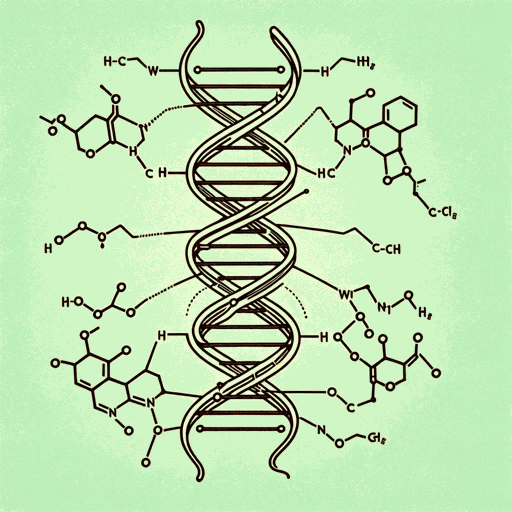96 pages • 3 hours read
Walter IsaacsonThe Code Breaker: Jennifer Doudna, Gene Editing, and the Future of the Human Race
Nonfiction | Biography | Adult | Published in 2021A modern alternative to SparkNotes and CliffsNotes, SuperSummary offers high-quality Study Guides with detailed chapter summaries and analysis of major themes, characters, and more.
Chapters 20-23Chapter Summaries & Analyses
Chapter 20 Summary: “A Human Tool”
Before gene editing, there was gene therapy. By 1990, scientists had begun working on introducing engineered DNA into the cells of humans. The engineered DNA was to behave like a drug, counteracting against a disease-causing faulty gene. There was no effort to change the patient’s DNA. Gene therapy was initially successful. In its first trial in 1990, scientists introduced functioning copies of a missing gene into the T cells of a girl suffering from a genetic mutation that impacted her immune system. The treatment worked, and she went on to live a healthy life. However, there were soon setbacks. Gene therapy triggered fatal hyper immune response in some patients. Clearly, removing cells from a patient, injecting the cells with DNA, and reintroducing the engineered cells to their system was not the answer. Researchers looked for a way to fix genes at the source, which paved the way for the field of gene editing.
There are a couple of prerequisites for gene editing: an enzyme that can cut the double strand break in DNA, and a guide to navigate that enzyme to the site where scientists want to make the cut. Enzymes that can cut DNA or RNA are known as nucleases.
Related Titles
By Walter Isaacson





